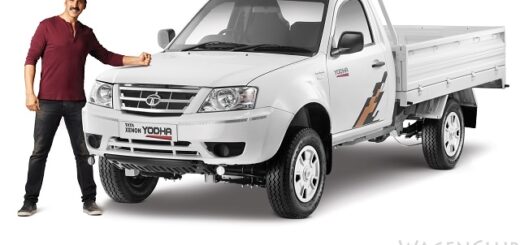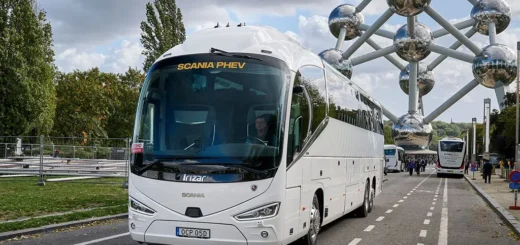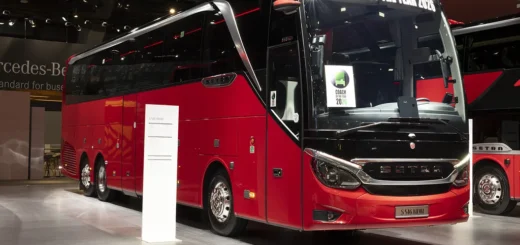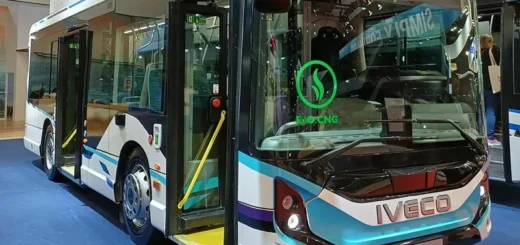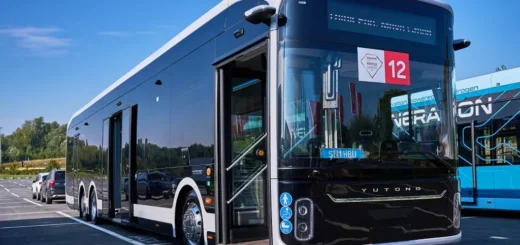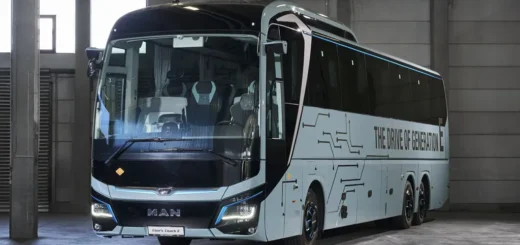Small Commercial Vehicles: When Small is Wonder!
Although SCVs are common in many international markets, the product segments we find here in the Indian market are truly a local invention. Posting a steady pace of growth since the last decade, this commercial vehicle space is drawing further boost from the burgeoning e-commerce and construction sectors. The products are also constantly advancing in terms of technology, safety, cabin comfort, and so on.

Sometimes it takes a while to recognise the genius among mundane stuffs around us. When Tata Motors unveiled its tiny, four-wheeled passenger carrier Magic Iris in 2011, many dismissed it as weird and eccentric, both in terms of design and practicality. Despite featuring a roof made of sheet metal, car-like headlamps and tail lamps, and capacity to seat five passengers, pundits in the industry were wary of its market success and ability to win over three-wheeled autorickshaws.
But, any real innovation comes from being weird. Non-conformity or novelty – however you define ‘weird’, any innovation begins with the challenging of what’s commonly accepted status quo. Being ‘weird’ in thinking is nothing but seeing things differently. It’s like connecting dots where we normally wouldn’t. This has been true since the inception of wheel or automobile, the gospel extends to the case of Tata Magic Iris as well, and ultimately to the evolution of SCVs in India!
To understand what sort of innovation and eclecticism impinged on small commercial vehicles in the country, we have to precisely start from the advent of Magic Iris’s bigger sibling – the Tata Ace – way back in May 2005. We pretty much knew the story of its development – how the Tata Motors team under Girish Wagh, the current head of Tata CV business unit, approached cargo autorickshaw users to understand their operations and basic requirements, to create a new mini truck range to frugally take on the three-wheelers.
Era of diesel mini trucks
Ten years later, the Tata Ace had registered a whooping sales figure of over 1.5 million units, and even today, the vehicle enjoys an archetypal figure in the SCV segment, with multiple versions and stiff competition notwithstanding. Back when the mini truck was conceived, tiny diesel engines considered ineffective and unreliable for small vehicles. A majority of passenger and cargo three-wheelers invariably came with petrol engines, the time when the fuel was a costly affair. Thus, beyond certain basic short distance application, three-wheelers were rendered unviable, and pick-up trucks and intermediate vehicles took over from thereon.
Thus, the Ace effectively gave birth to a new mini segment of four-wheeled commercial vehicles in India. The two-cylinder 702 cc diesel engine that powered the mini truck was extremely reliable and fuel efficient, tilting the entire SCV segment into a whole new ‘diesel’ era. Automakers like Mahindra, Piaggio, Force Motors, and Ashok Leyland followed suit in developing similar mini truck platforms, powered by compact and efficient diesel engines. These trucks has an edge over three-wheelers in almost every aspect, including load capability, handling and stability, ergonomic cabin, frugality, and so on. Hence, the transition was imminent.
Today, these mini truck platforms are flexible enough to beget multiple iterations, including for passenger transportation (with options of soft and hard top), special applications, and urban utility. There are even models like Ashok Leyland Dost + and Tata Super Ace with higher payload ratings that can give some heat to pick-up trucks. The diesel preference has even trickled down to micro trucks and three-wheelers, although CNG variants are offered invariably in every product lines by all OEMs in the domestic market.
Micro trucks and Commercial pickups
Now coming back to anectode on Tata Magic Iris, it was Mahindra which established an another sub-segment below the mini truck platform, with the launch of Gio 0.5 ton micro truck in 2009. Around the same time, Tata Motors was also developing a similar platform, which gave birth to Ace Zip micro truck (with a payload of 600 kg) and Iris micro van. Yet another case of clever innovation, this micro platform tickled the market fancy with 12-inch micro tyres, steel body, tiny turning radius of 3.5 meters, and a 611 cc water-cooled diesel engine producing 11 horsepower, thereby narrowly escaping the ‘Quadricycle’ classification that caught up in regulatory limbo. This micro segment is now very popular in urban and rural markets including hilly and tourist centres for short-distance haulage.

Commercial pickup trucks segment, on the other hand, has never been an exceptionally-performing product space in India, unlike other Asian and developing markets. Naturally, the segment was pretty much limited to three products – Tata 207, Mahindra Bolero Pickup, and Force Trax Kargo. The rapid development of mini trucks further impacted the growth and evolution of this segment. Nevertheless, the pickups have gained a new lease of appeal among buyers in recent times, thanks to changing requirements in transporting men and materials in construction, e-commerce, and urban services sectors. Moreover, the lifestyle pickup trucks meant for private buyers is gradually emerging, resulting in quick evolution of platforms and engine options that are also shared with ulility and crew-cab pickups.
Growth Drivers
On the whole, the small commercial vehicles market is on a strident pace of growth in India. Even during the 2012-16 lull period when CVs industry crumbled, the SCVs managed to escape the rough period unscathed. This is primarily due to the emergence of hub-and-spoke model in the logistics sector since the last decade, as SCVs are critical to the concept to pass the baton to the last mile. New opportunities out of rapid infra expansion, urbanisation, and last-mile mobility have also proliferated, creating new demand for these vehicles.
In recent years, the rapid emergence of e-commerce industry has given an enormous boost to the SCV market, as new services and product delivery right to the doorstep of customers have necessitated efficient means of cargo transport within towns and cities. The growing SME industry that primarily requires SCVs for intercity goods and raw materials haulage have also added a positive charm to this product space.
Moreover, the revolutionary transformation of SCVs themselves in the last ten years, in terms of technological sophistication, passenger safety, load bearing capabilities, and frugal operations, can hardly be overlooked. Mostly driven by owner-operators, the constant technological upgrades and improving comfort levels in these vehicles have a direct impact on their buying decisions.
In 2019, the next swing of technological transformation in SCVs is on the anvil. Leading automakers are working on a slew of advances like AMT gearbox and ABS braking for mini trucks, air-conditioned cabins, and standard power steering among others, which are likely to push the market standards a notch further in the years to come.

